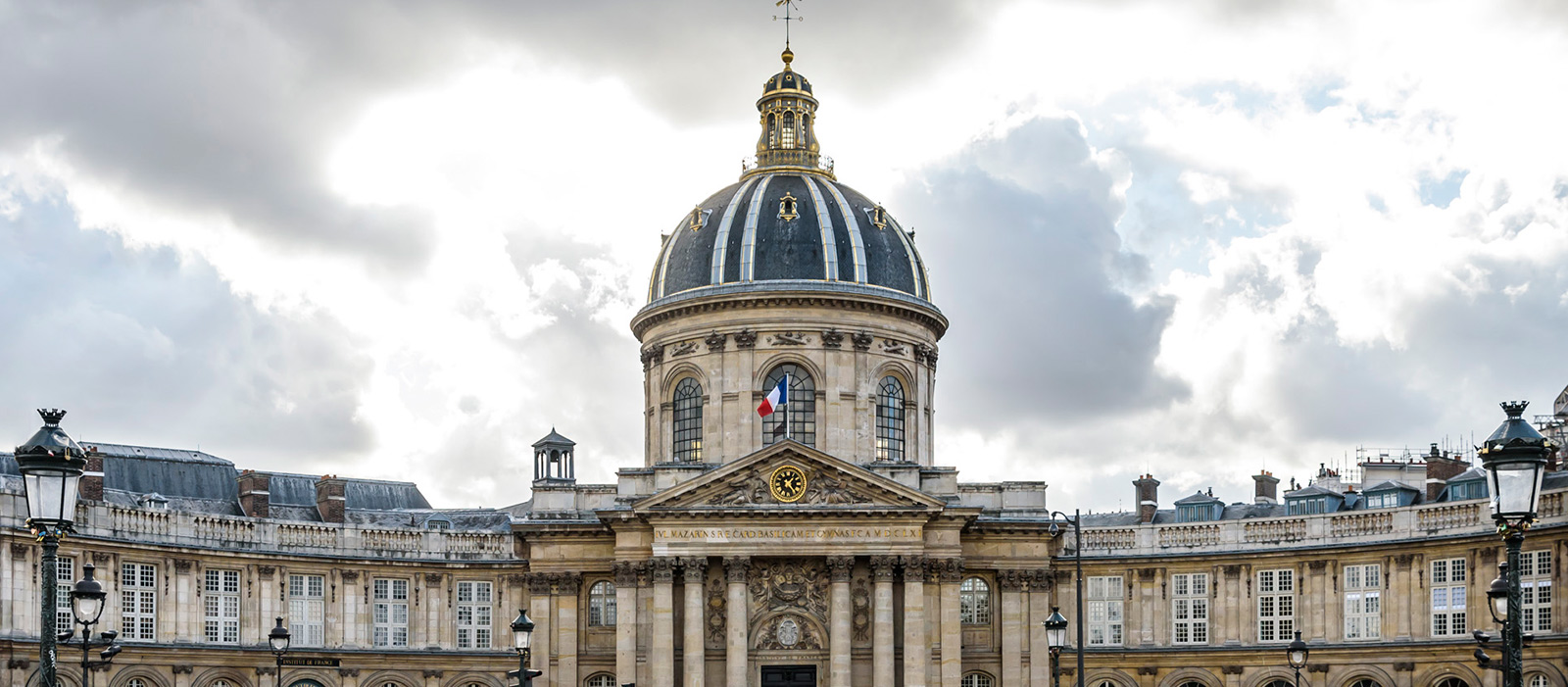Museum & Studio
Delacroix’s Works in Paris
In the footsteps of Eugène Delacroix through Paris
As Eugène Delacroix lived most of his life in Paris, the city’s different neighborhoods have retained traces of the great painter’s life and work. Delacroix maintained a strong presence in the capital on both sides of the Seine through the various places he lived and worked. A number of public and religious buildings he decorated stand as testaments to his incredible talent.
There are a number of walking tours in Paris for visitors to follow in the footsteps of Delacroix.
The artist lived in ten different dwellings and changed studios six times prior to 1857, the year he moved to 6 Rue de Fürstenberg. The apartment he occupied there became the Musée Delacroix in 1932.
Delacroix decorated the Salon du Roi (1833–1838) and the library (1840–1846) of the Assemblé Nationale, followed by the library of the Sénat (1840–1851). He was then commissioned for the ceiling of the Galerie d’Apollon for the Musée du Louvre (1850–1851). Between 1851 and 1854, he also created the décor of the Salon de la Paix in the Paris Hôtel de Ville, although his work was unfortunately lost in the fire of 1871. Apart from that particular ensemble, all of Delacroix’s secular decoration still remains in its original location for our viewing pleasure today. The Musée Delacroix has the model of the Orpheus for one of the hemicycles of the Assemblée Nationale ceiling, as well as the model for the hemicycle of the Sénat library depicting Alexander Placing Homer’s Poems in a Golden Chest.

Eugène Delacroix received a number of commissions for religious paintings, and some of his most remarkable work can be found in the churches of Paris. These include Christ in the Garden of Olives, commissioned in 1824 for the church of Saint-Paul-Saint-Louis (a related piece can be found at the Musée Delacroix). In the Saint-Denys-du-Saint-Sacrement church, the chapel of the Virgin boasts a very moving Pietà, (1840–1844), while the artist’s initial idea for this décor, an Annunciation, can be seen in the Musée Delacroix. One of Delacroix’s final masterpieces is within the Saints-Anges chapel of Saint-Sulpice, which was entirely decorated by Delacroix between 1849 and 1861. The Musée Delacroix has several preparatory sketches of these magnificent works.
Follow in the footsteps of Delacroix through Paris with the museum walking tours.


